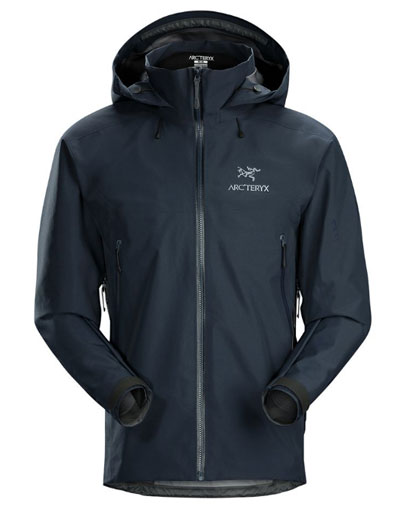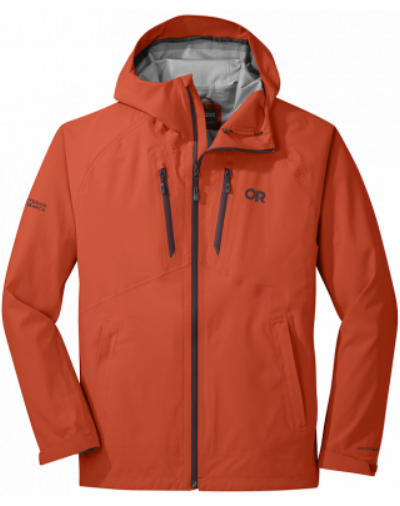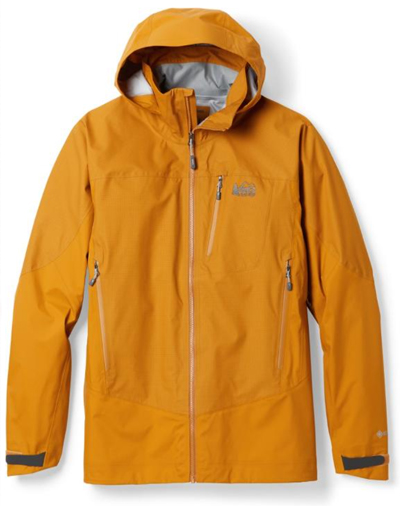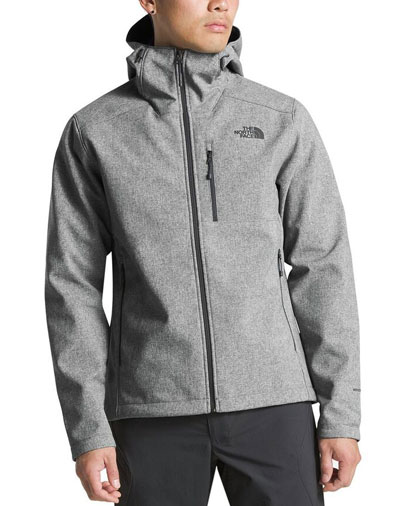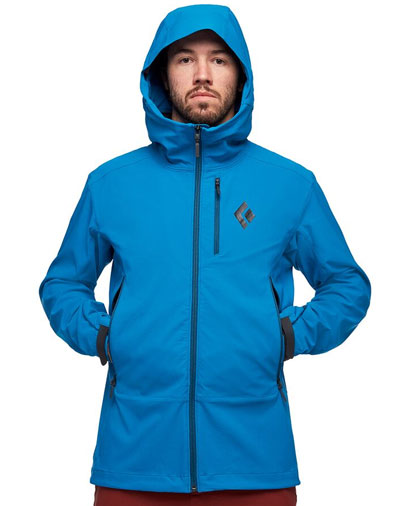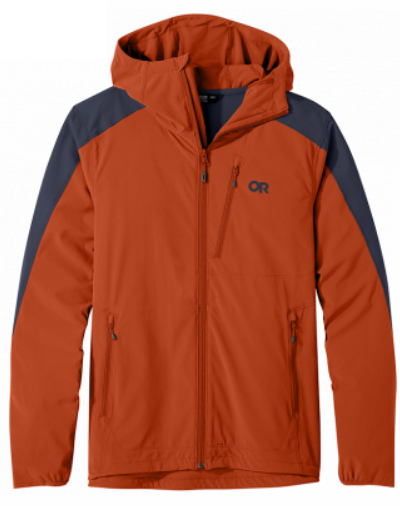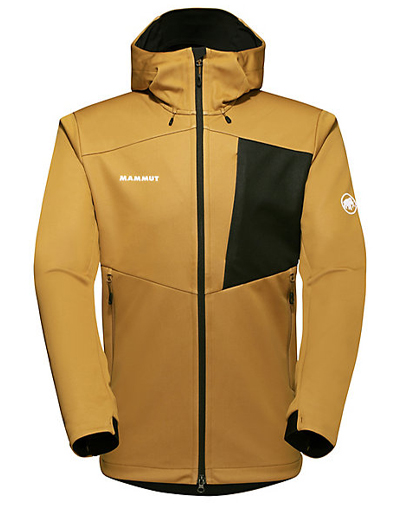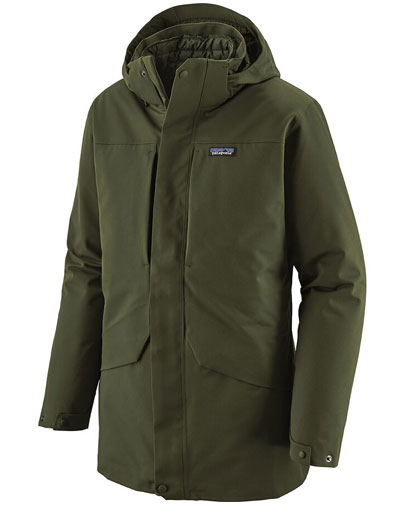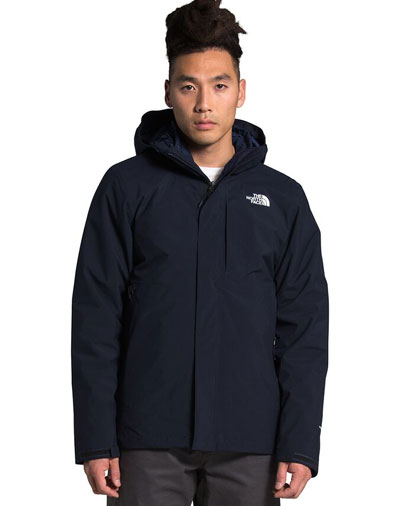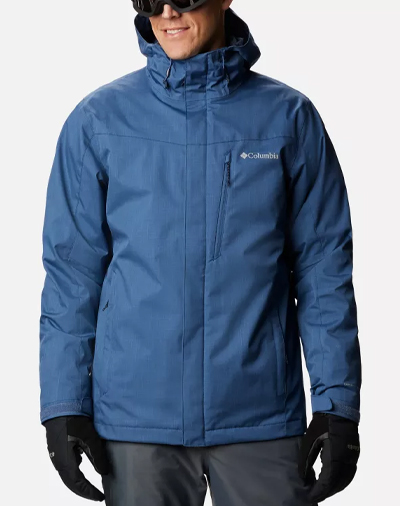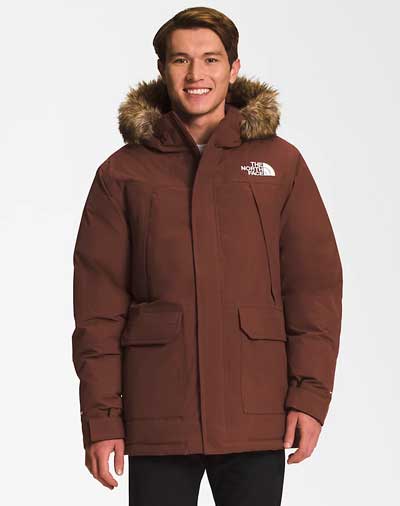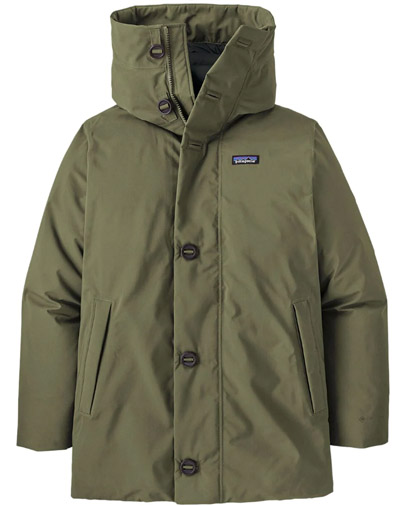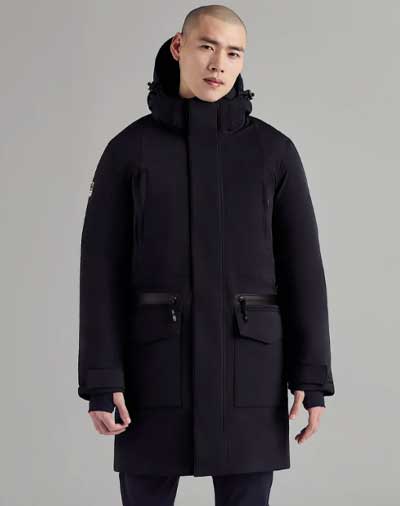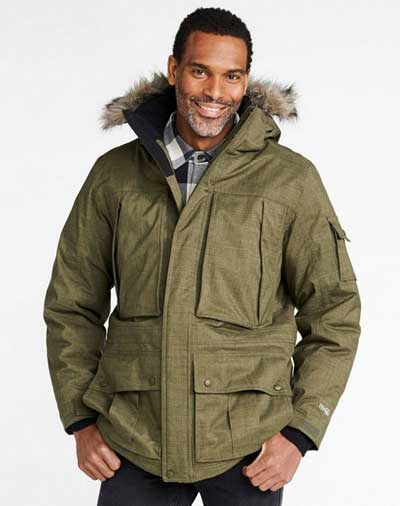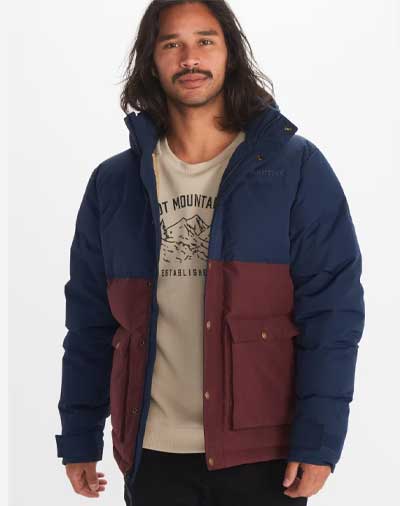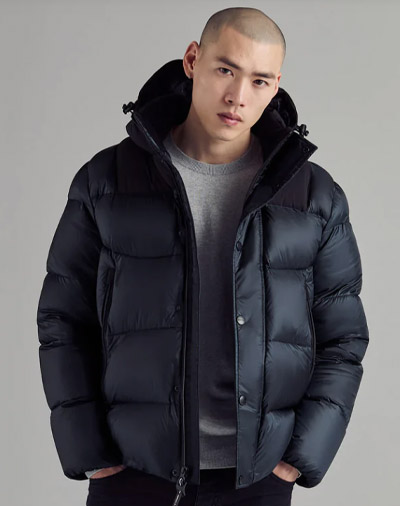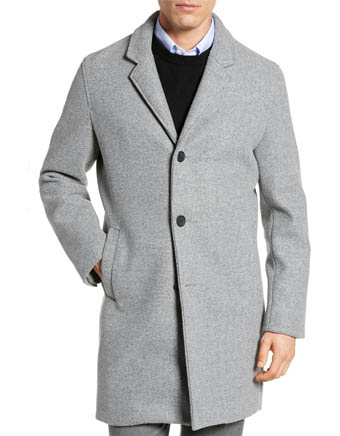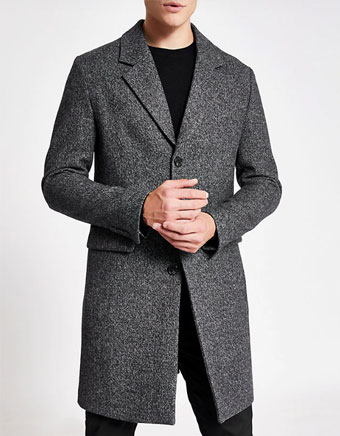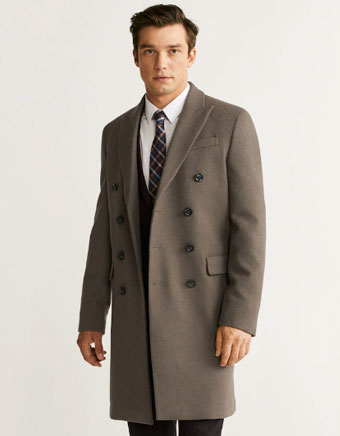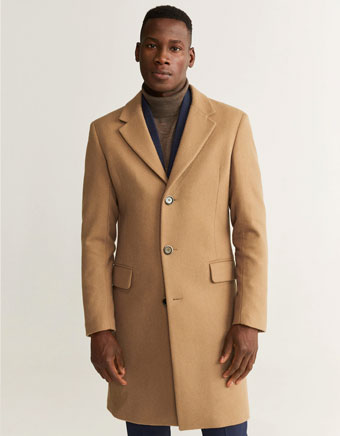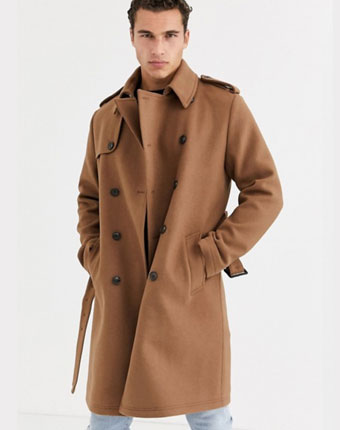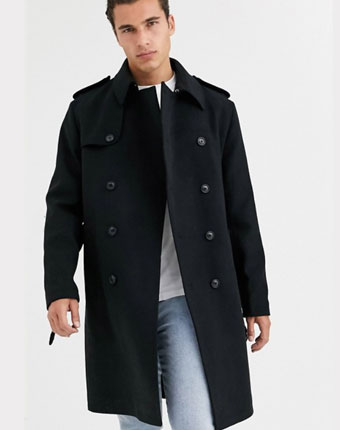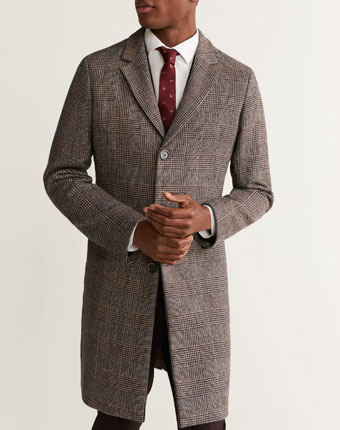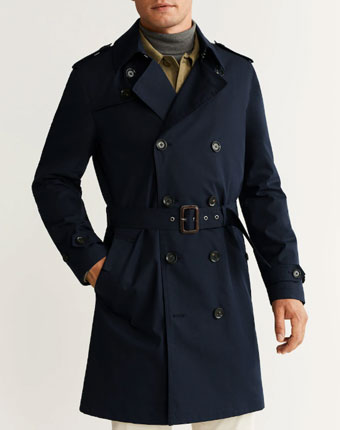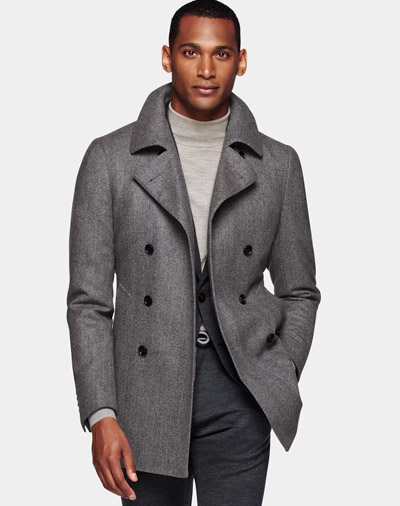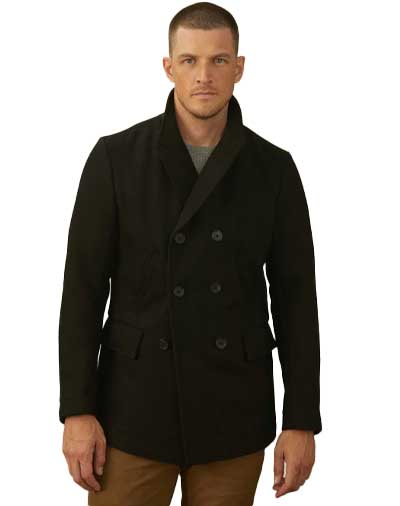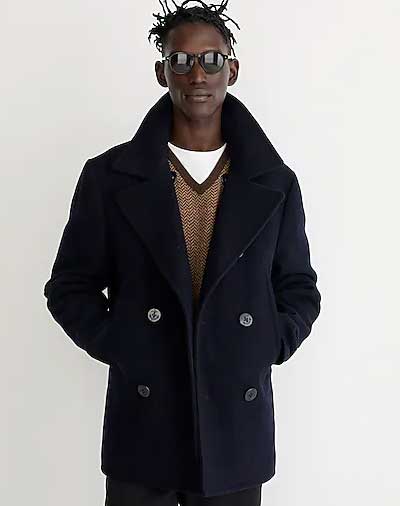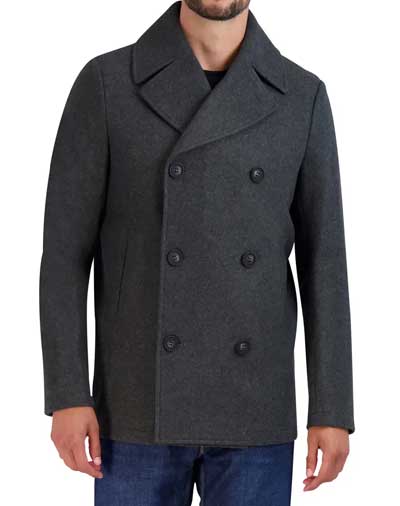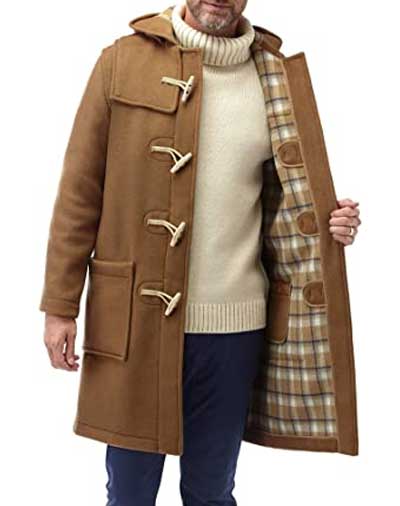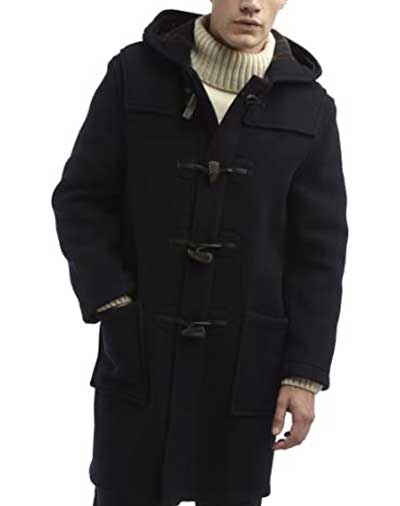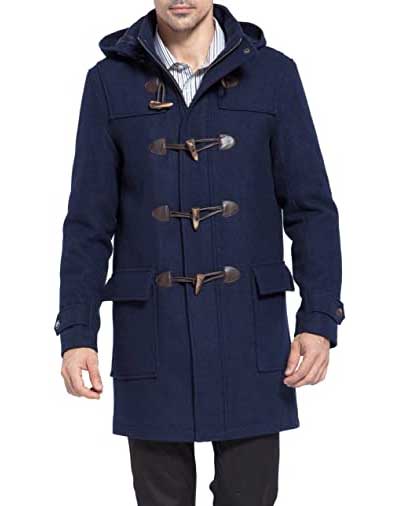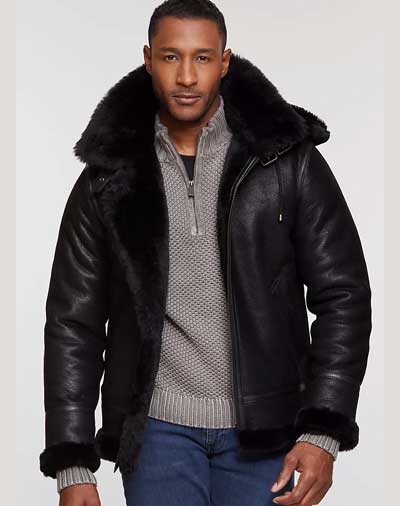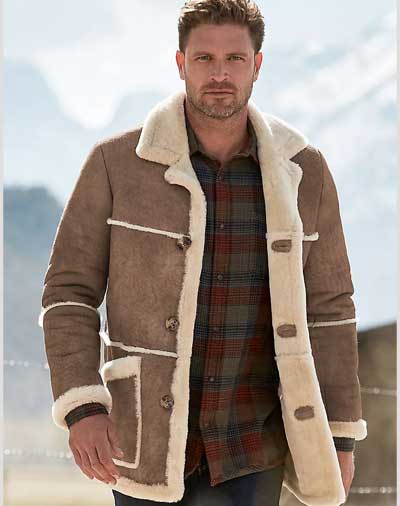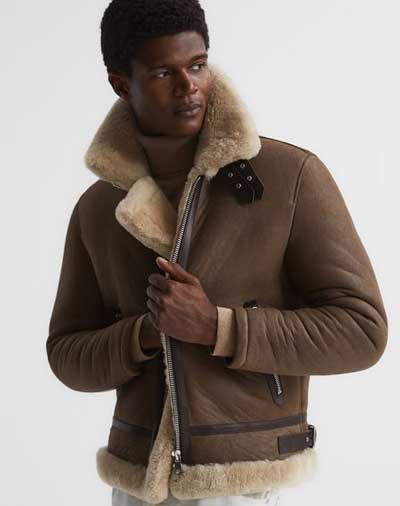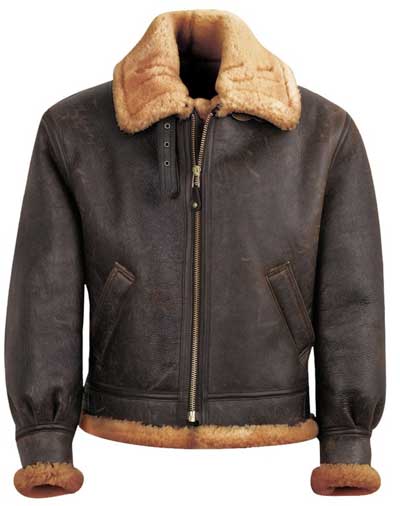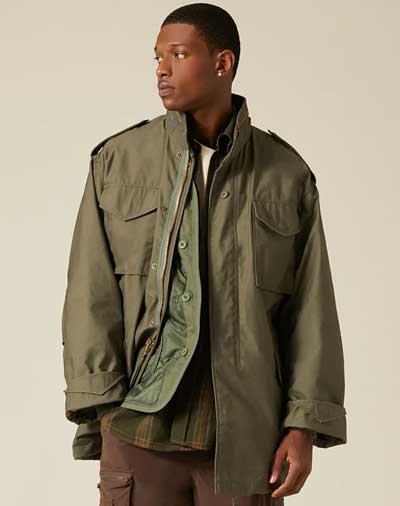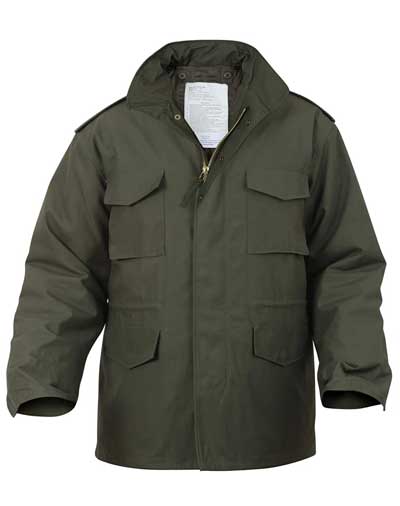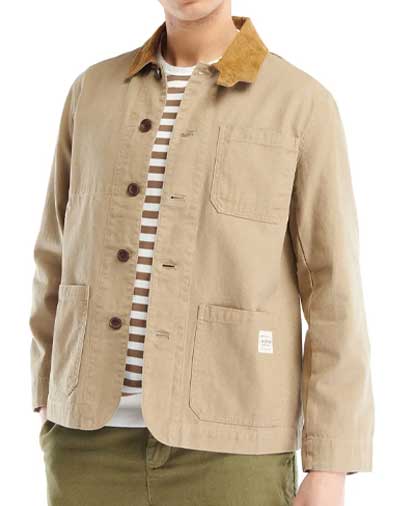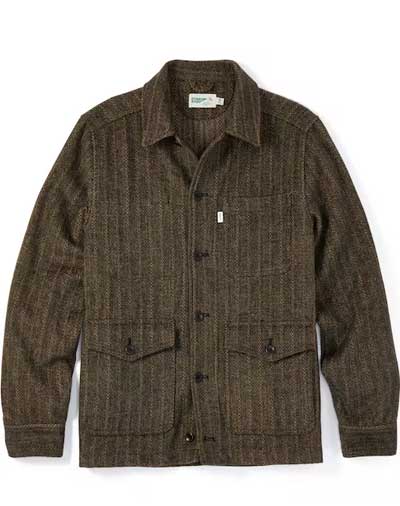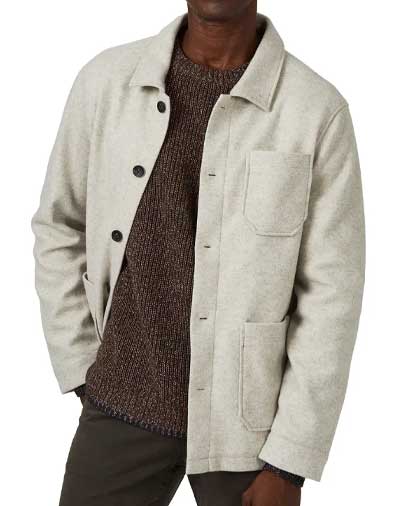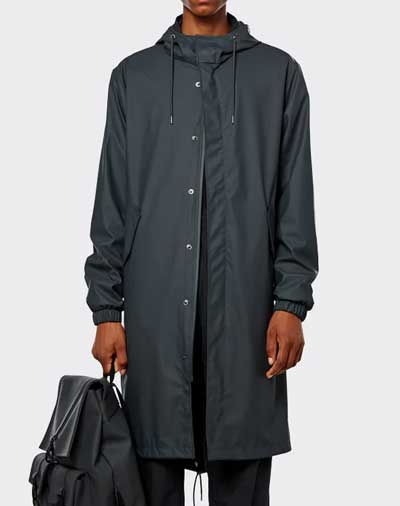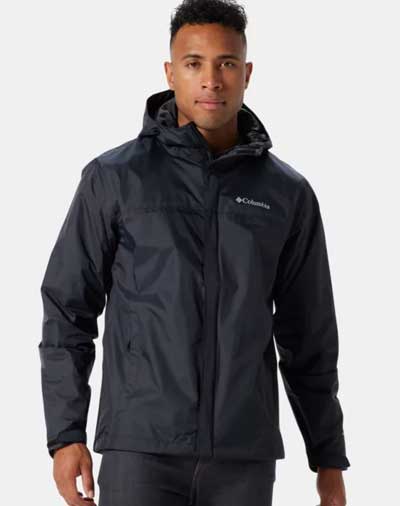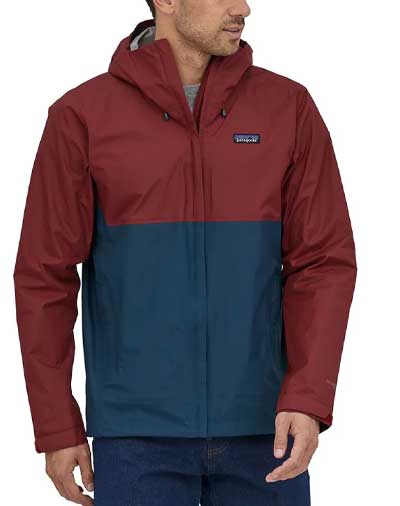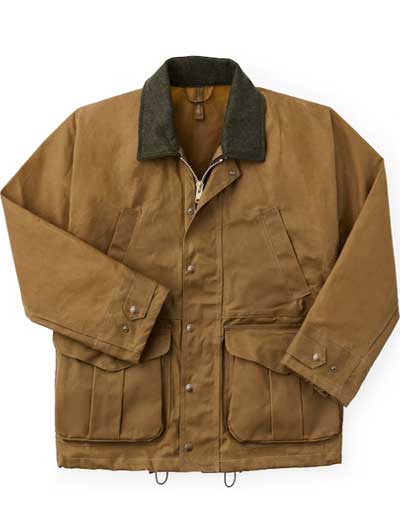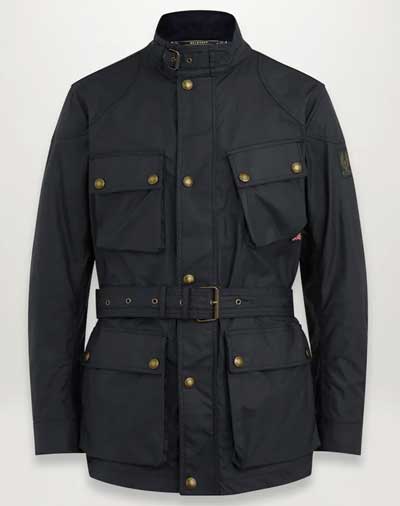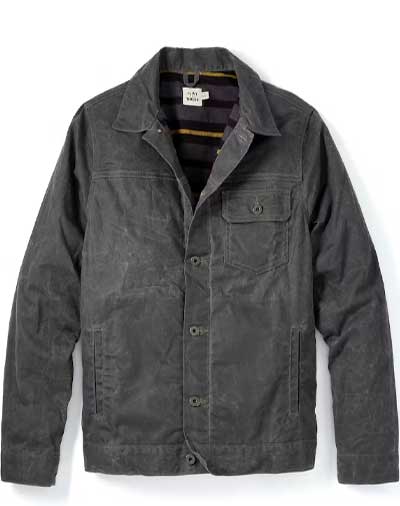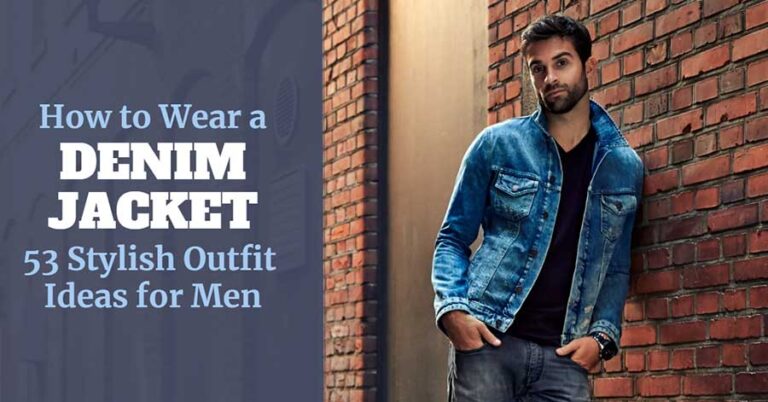The Best Winter Coats for Men in 2023 (for Extreme Cold, Business or Casual)
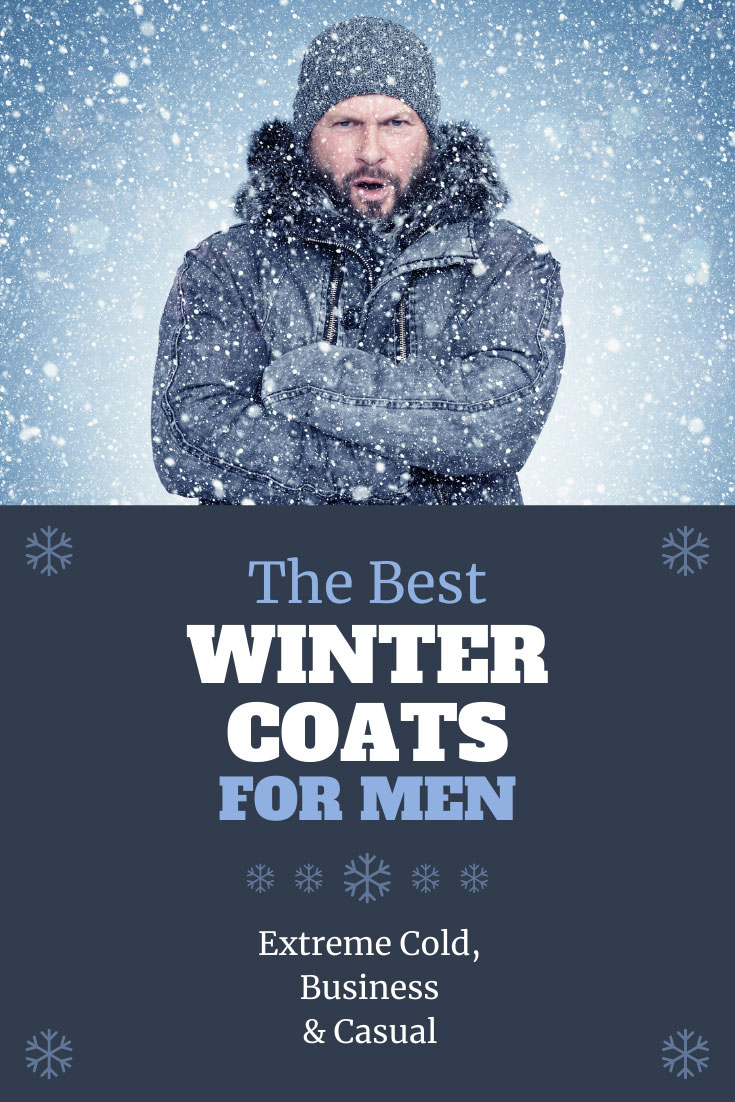
So, you want to know what are the best winter coats for men?
I get it. You want a coat that will keep you nice and toasty during the frosty season. You want a coat that keeps the chilly winds out and protects you from the rain or snow.
The best winter coat offer warmth, resistance against wind and water, and breathability. These factors are especially important in extremely cold climates.
In this article, you’ll find the best types of winter coats for extreme cold, the best business winter coats, and the best casual winter coats for milder climates.
You can also learn the key features you should look for in a winter coat and how to choose the right one for you.
Let’s dig in!
Note: This article may contain affiliate links. That means if you click a link and purchase something, I earn a small commission, at no additional cost to you. All opinions are my own.
The Best Men’s Winter Coats for Extreme Cold
If you expect to face below-20 temperatures that can give you frostbite if you don’t protect yourself, your outerwear isn’t just a purchase, it’s an investment. It’s worth splurging a little to make sure you’re fully protected for any winter weather you’re facing.
We’ve graded each type of jacket below on the following criteria:
- Warmth: Protection against cold
- Water-Resistance: Protection against rain and snow
- Wind-Resistance: Protection against heavy wind
- Breathability: Reduction of sweat accumulation
The men’s jackets below will vary in price, so you have options depending on your budget.
Just make sure you get the right jacket for your personal circumstances. Not everyone needs a high-priced technical jacket. But not everyone should settle for a simple puffer jacket either. Consider what you need, and then make your decision which winter jacket is best for you.
Technical Jackets
Technical jackets are specifically designed for winter pursuits. They are the best winter jacket for men who like to engage in outdoor and alpine activities. But they’re also good options for men who live in the northernmost regions and have to deal with the coldest of temperatures just going to the supermarket.
They tend to be more lightweight than the kinds of casual winter coats for men you’d find in most clothing stores, and will also offer more protection. Technical jackets are made with specific materials that were engineered with textile science to keep the elements out, which is why they tend to be more expensive than your typical coat.
That said, you can hardly find better protection against the elements, and if you have to deal with extreme weather conditions, or you plan on engaging in some alpine activities, a quality technical jacket is well worth the price.
These jackets come in three types:
Hard Shell Jackets
Hard shell jackets are a type of advanced rain jacket, both windproof and waterproof, as well as breathable and durable. They feel stiff to wear, but will do the best possible job of keeping out the elements.
Hard shell jackets will not protect against the cold though. Their design is to keep you dry rather than warm. In cold conditions, wearing a hard shell jacket without warm layers underneath may actually make you feel colder. If the jacket isn’t insulated, you will need to wear an additional insulating layer.
Because hard shell jackets are made of more expensive materials, they are usually more expensive than soft shell jackets. But they are also more versatile and durable.
- Warmth: No.
- Waterproof: Yes. Hard shell jackets offer the best water-protection.
- Windproof: Yes.
- Breathability: Yes.
Soft Shell Jackets
Soft shell jackets are designed with warmth and mobility in mind. They are the best lightweight warm jackets you can wear while being active outdoors.
Soft shell jackets are much warmer, softer, more flexible and more comfortable than hard shell jackets, but they are water-resistant rather than water-proof. That means a soft shell jacket will keep you fine and dandy in light rain or snow, but you’re out of luck during a downpour.
That said, soft shell jackets can be worn as a mid layer along with a hard shell jacket as an outer layer to protect yourself against getting wet.
Soft shell jackets are also very breathable and will help reduce sweatiness when you’re exerting yourself. They’re a good jacket both for outdoor adventures but are also versatile enough to wear in more casual settings.
- Warmth: Yes.
- Waterproof: Not usually, but will offer water-resistance.
- Windproof: To an extent. Soft shells don’t typically protect as well against strong winds.
- Breathability: Yes.
3-in-1 Jackets
3-in-1 jackets combine the best of both worlds and essentially give you three jackets in one (which is where the name comes from).
With a 3-in-1 jacket, you will get an outer shell and an insulated liner, which can be zipped together or each worn on their own.
This type of jacket offers the ultimate flexibility depending on the weather conditions you’re facing. You can wear the outer shell on its own when you need to stay dry, wear the liner when you need protection from the cold, or wear them together when it’s both cold and wet outside.
Of course, if you’re often faced with different types of weather conditions, a 3-in-1 jacket is a bargain. You get three jackets for three different weather conditions in one, which means you don’t need to go out and buy a jacket for each occasion..
- Warmth: Yes
- Waterproof: Usually
- Windproof: Yes
- Breathability:Yes
Insulated Parkas
The parka is a big warm coat that will keep you warm in cold temperatures. They’re a more casual, bulkier coat than the technical jackets and are great for wearing around town on cold days.
Parkas are characterized by their length and their fur-lined hoods and have been traditionally worn by Eskimos and to this day are favored by arctic explorers, so that should tell you something. They have stood the test of time.
They come in a wide variety or colors and styles, and some come with detachable hoods. They also come in different levels of insulation, but if you’re looking for the best protection against the cold, go for a down-insulted parka.
- Warmth: Yes
- Waterproof: Depends on the coat. Some are water-proof, some water-repellent, some water-resistant. Again, they come in a wide variety.
- Windproof: The level of wind-resistance also depends on the coat. See above.
- Breathability: Yes
Down Jackets / Puffer Jackets
You know the puffer jacket. You’ve seen the puffer jacket. You’re probably worn one at some point in your life.
Puffer jackets, another casual outerwear option, are designed with a single idea in mind: insulation. They are among the most common winter jacket you see worn around town when the temperature drops. That’s because they are the warmest men’s winter jackets. They’re like sleeping bags with sleeves.
You may have images in mind of Michelin Man-looking individuals in excessively bulky coats, but that needn’t be the case if you choose well. Down coats are more focused on extra warmth and comfort than style, but they needn’t look awful if you go for a sleeker, more form-fitting design.
Try not to get tempted by an overly bulky, puffed up coat. On the other hand, don’t skimp on the down filling either, or you might come to regret it on a particularly frosty morning.
- Warmth: Hell yes.
- Waterproof: No.
- Windproof: Usually.
- Breathability: Yes.
The Best Professional Winter Coats to Wear with a Suit
If your job demands a suit and you’re looking for a winter coat to wear with a suit, you need to keep one thing in mind:
Make sure that the outerwear you’re wearing is longer than the suit jacket and fits comfortably over it.
The four best winter coats to wear over a suit are:
- Overcoats
- Trench coats
- Parkas
- Down coats
The overcoat and trench coat are traditionally the best winter coats to wear over a suit, but if you’re dealing with extreme winter weather, they might not give you the best protection. If so, you might choose one of the parkas or down coats listed in the previous section.
If you’re not up in the northernmost regions though, or if you’re looking for a more stylish winter coat to wear with your suit on less cold days, an overcoat or trench coat is your best option.
Overcoats
A wool or tweed overcoat is an excellent choice for business and business-casual men who need a winter coat for work. It will give you a professional look while keeping you warm.
The classic overcoat is a great option if you need some protection from the cold, but don’t face a lot of rain or snow. It’s also a good option for those who live in colder climates, but you need a coat for the less cold days.
Wool and tweed are water resistant materials that won’t necessarily keep you dry in heavy rains, but being some of the warmest fabrics around, they’ll do an excellent job keeping you from freezing.
People sometimes confuse overcoats with topcoats — and honestly, these labels are interchangeable in some circles — and they are quite similar, but top coats typically come in a lighter weight, and offer less warmth, which makes them less suitable for winter wear.
Greatcoats are another variation — a longer, bulkier version of the overcoat, which is suitable for winter, but doesn’t quite have the same style appeal.
Trench Coats
If you don’t suffer subzero winters, you likely already have on a few pieces to keep you warm. With an undershirt, a cotton dress shirt and a wool jacket, you may already be good for warmth, and all you need is a water-repellent coat to keep you (and your suit) dry.
If that sounds right, then the trench coat is for you. It doesn’t usually offer much extra warmth, but it does a good job warding off the weather. (Though, you can find some trench coats with wool linings if you do need a warmer option.)
Designed in WW1 to repel water, with a storm flap and closure system for each pocket, the trench coat was the precursor of the technical hard shell jacket. They still hold up today, and they still look quite sharp. They’re a classic for a reason.
The Best Casual Winter Coats & Jackets (for Less Freezing Climates)
If you don’t have to deal with freeze-your-nuts-off temperatures and are looking for a stylish winter coat or jacket to wear around town, look no further than the list below.
These coats will make you look sharp and are great for warmer climates and/or for the warmer days of winter where you don’t need a ton of insulation to keep you warm.
Pea Coats
I hesitated whether I should mention the pea coat as one to wear with a suit in the previous section, as it can be pulled off. But traditionally, it’s considered more of a casual coat and it can be an awkward pairing with a suit jacket.
The pea coat is typified by its rather bulky frame and padded shoulders, which doesn’t usually wear well with a structured jacket like a suit jacket or blazer. But, it does have a certain elegance to it, not unlike more formal attire. If you want to walk the line between formal and casual, this is a great coat for you. (This is why it’s one of my personal favorite winter coat styles.)
With broad shoulders and a slimmed waist, it emphasizes the masculine silhouette. Moreover, with its thick fabric, the double breasted front and the broad collar that you can pop to protect against back-winds, a pea coat also excels at keeping you warm.
Duffle Coats
The duffle coat is another classic piece of men’s winter outerwear. The duffle coat has been worn by sailors and veterans, and many more men over the years. You will recognize it by it’s trademark wooden toggles.
They make duffle coats from a coarse wool that does a great job keeping the warmth inside. It often comes with a hood that offers additional protection against wind and rain.
Since this is another wool coat, it is not entirely water-proof. It does offer some protection against rain, but will get wet when exposed for a long period. With that said, because of its bulk, it will absorb a lot before it lets the wetness seep into your clothes.
Shearling Jackets/Coats
The luxurious Shearling jackets are traditionally made from the skin of a sheep with the wool still attached. They are a warmer version of leather jackets.
The wool inside the jacket works as a perfect insulation material, while the tanned suede on the outside offers solid protection against wind. It does not hold up very well against rain, but you can opt to coat the jacket with a water-repellent spray.
If you’re not a fan of the idea of wearing actual sheepskin and/or if price is an issue for you, there are more animal-friendly and budget-friendly faux Shearling jackets that maintain the same style appeal.
Field Jackets
Field jackets are an excellent winter jacket style with roots in the military. The original M65 field jacket was designed to keep soldiers warm while traversing rough terrains in rain, snow and freezing cold.
Designed for function and practicality, it’s characterized by its two front pockets, two chest pockets and a zip-away hood that hides a roll-up hood for when it starts pouring.
You’ll find many more modern variations on the market today, but the classic look still holds up to this day and field jackets rarely stray too far from that original design.
This jacket also comes in variations that may be less suitable for winter so check the material before you buy. Look for materials like leather, wool or waxed cotton.
The field jacket is typically worn as a fall jacket for guys who like the outdoorsy look, but it’s a good winter option for guys who live in a warmer climate. If you’re an outdoorsy guy living in a colder climate, this jacket will still be a good option for the warmer days of winter.
Chore Coats / Worker Jackets
The chore coat (a.k.a. worker jacket) is similar to the field jacket in that it was made primarily for functionality. It’s not the only thing they have in common. Just check those front and chest pockets.
The notable difference between the field jacket and chore coat is the collar, which is turned down and doesn’t hide a hood. It can be flipped up though and protect you against winds.
The chore coat was designed for laborers in the 1920’s who needed a durable jacket that could withstand rough labor and rough weather. The fact that men still wear the jacket a century after its conception says enough.
Like field jackets, chore coats may be best for the early days of winter, though you can keep wearing them as a midlayer during the colder days. (You may also try to find fleece-lined versions if you’re looking for something a tad warmer.
Raincoats
If you’re due to face some rain in winter, but don’t need a pricey technical jacket to survive, a simple raincoat might suffice.
These are essentially the less expensive cousin of the hard shell. They don’t offer much protection against cold, but can be worn over a warmer jacket or other insulating layers to keep the rain out. They range from water-resistant to water-repellent, which will keep you dry in the odd shower, but not in heavy rainfall.
Still, if you don’t deal with heavy rainfall often, splurging on a hard shell jacket may be overkill and a raincoat will do the trick.
Waxed Cotton Jackets / Waxed Canvas Jackets
Worn by sailors for hundreds of years, waxed canvas jackets have survived through subzero temperatures and hellish weather condition on the open sea. They still offer excellent water-resistance, durability and warmth when being battered by the elements.
These men’s jackets are densely woven and waxed with the intent to protect sailors when they’re being battered by the elements. These waxed cotton jackets still hold up to this day.
They can go toe-to-toe with most hard shell materials in terms of water-proofing. It can endure the heaviest of rainstorms and keep you dry. The downside is that waxed cotton is not very breathable and is much heavier and bulkier than modern materials, plus it needs to be re-waxed every few years.
You will recognize them by the wind-cuffed wrists, corduroy or leather collar, zipper storm flap, and cotton or flannel lining, often with a tartan pattern.
How Do You Choose the Right Winter Jacket?
To determine what is the right winter jacket for you, you need to account for the kind of activities you plan on doing wearing it, and the kind of weather you are likely to encounter.
If you plan to only wear the jacket around the city, you probably don’t need the higher-end had shell jackets, and may get away with just a water-resistant, insulated parka or down jacket.
However, if you plan to wear your jacket to hit the slopes with your skis or snowboard, you would be wise to invest in a hard outer shell, so that you’re water and wind proof.
If you live in a place where winters are extra wet but the temperature remains mild (compared to other places), you may want to consider a Gore-Tex shell jacket to protect yourself.
On the other hand, if you live in a place with extremely cold and snowy winters but where it doesn’t get too wet, you’ll want to prioritize warmth. You may not need a fully waterproof jacket and could go for a water-resistant one with good insulation. (If it’s windy though, make sure your jacket can keep the wind out. I’m probably preaching to the choir here, but the last thing you want is freezing winds slipping through the fabric.)
With all that said, if you live somewhere where the temperature never drops below 30, and you rarely encounter more than a light drizzle, all you may need is a wool coat to keep you warm enough.
In that case, you might be looking for a winter coat you can wear over your suit, or just a casual one you can wear while going out.
What to Look for When Buying Men’s Winter Coats
When shopping for men’s winter coats, you want to look at four factors:
- Warmth: Protection against cold
- Water-Resistance: Protection against rain and snow
- Wind-Resistance: Protection against heavy wind
- Breathability: Reduction of sweat accumulation
Let’s quickly go through each one:
#1: Warmth: Protection Against Cold
When dressing for winter, most of us have one priority: Keeping warm. And your outerwear plays a critical role in this, because you’ll need the most protection while outside. (Inside you have the sweet comfort of heating systems.)
If the temperatures you experience aren’t too extreme, you might get away with simply wearing a nice wool winter coat. Lucky you.
If, however, you live in a place where temperatures drop below zero, you will likely need a coat with sufficient insulation.
#2: Water-Resistance: Protection against Rain and Snow
Chances are that during winter you’ll have to deal with a lot of snow, sleet and rain, so it’s paramount that your coat can keep you nice and dry.
When shopping for men’s winter coats, you may encounter terms like water-resistant, water-repellent and waterproof, and many people mistakenly take these to mean the same thing, but that’s far from the case. This is how they’re different:
- Water-resistant: The lowest level of water resistance. It will keep you dry to a certain level, but if you’re met with excessive rainfall, you might wish for a bit more protection.
- Water-repellent: The mid level of water resistance. Water-repellent coats will keep you more dry than water-resistant coats, but not as dry as waterproof ones.
- Waterproof: The best waterproof winter coat offers the highest level of water resistance. True waterproof coats tend to cost more, but it’s well worth the money if you live in a cold and wet climate.
#3: Wind-Resistance: Protection against Heavy Winds
When you have to deal with the cold, piercing winds of winter, you’ll want a winter jacket with good wind-resistance.
Wind-resistant winter jackets prevent winds from penetrating the material and hitting you with the chills, but if you’re frequently encountering storms, you’ll want a full windproof jacket. (Note: water-proof jackets are usually also windproof.)
#4: Breathability: Reduction of Sweat Accumulation
The downside of having a nice and warm winter coat is that they can make you sweat, especially if you’re being active in them. That’s why breathability is important. You don’t want perspiration to accumulate too much.
Your winter coat should be breathable enough to allow air to pass through and sweat to evaporate. Otherwise, you will end up as a wet mess, no matter how water-proof your jacket is.
4 Key Features of Men’s Winter Coats for Extreme Cold
When you live in a cold climate (or plan to travel to one) and are looking for a suitable winter coat, you’ll need to be conscious of several key features.
These features will help you determine which is the right winter coat for you.
1. Outer Shell: Hard Shell or Soft Shell?
The shell of a jacket is the outermost fabric. This largely determines how much resistance to the elements the jacket provides.
Hard shell jackets are both windproof and waterproof. They feel stiff to wear, but will do the best possible job of keeping out the elements.
With that said, a hard shell on its own will not provide extra warmth. In cold conditions, wearing a hard shell jacket without insulation may actually make you feel colder. If the jacket isn’t insulated, you may need to wear an additional insulating layer.
Because hard shell jackets are made of more expensive materials, they tend to be more expensive than soft shell jackets.
Soft shell jackets are water resistant rather than waterproof. They are much softer, more flexible and more comfortable than hard shell jackets, and they do provide more warmth to the wearer.
Soft shell jackets can also be worn as a mid layer along with a hard shell jacket as an outer layer.
2. Insulation
Insulation is the material between the shell and lining of your winter coat, usually made from down or synthetic material such as polyester. Warm air is trapped between the individual strands of these materials, which keeps you nice and toasty while wearing it.
When wearing insulated winter coats, you want to make sure the insulation doesn’t get wet, because it will lose its loft. When insulation loses its loft, it loses its ability to trap warm air, rendering it ineffective.
3. Hood
Most winter coats and jackets come with a hood. Some jackets come with a removable hood or stowaway hood, which you can roll it up and tuck it away when you don’t need it. However, hoods are critical to provide warmth and weather-resistance, as it offers a protective layer for both your head and neck, which makes it harder for the cold to get through, especially if the hood has a good closure system.
If you’re looking for something to wear as a ski jacket, you can also find jackets with hoods to fit over a helmet.
4. Closure Systems
A high-quality winter jacket will give you the ability to seal every opening tight so that body heat isn’t allowed to escape and cold isn’t allowed to penetrate through little openings.
For instance, a winter jacket should have a storm flap to protect the zipper — which is not waterproof — from letting any wind or rain pass through. It should have knit cuffs that fit tightly around the wrist and a hood you can fasten snugly.
The Best Materials for Men’s Winter Coats That You Should Look For
Gore-Tex
The Gore-Tex fabric membrane is widely considered the best hard shell jacket materials. It is among the most waterproof technical jacket materials — blocking any liquid from coming in, but it’s still breathable enough to let perspiration vapor pass through.
Many outdoors brands use alternative (sometimes in-house) materials such as H2N0, HyVent or eVent for their hard shell jackets, which serve the same function. But Gore-Tex is the most common hard shell for a reason. It will be commonly found among the best waterproof winter coats.
DWR Coating
DWR (Durable Water Repellent) is a coating added to fabrics to make them, well, water-repellent (a.k.a. hydrophobic).
DWR prevents drop of moisture from saturating your coat and instead collects it into a bead so it rolls off your coat easier. This helps prevent the coat from getting wet.
Even Gore-Tex jackets will typically have a DWR coating, despite being waterproof, as it helps keep the fabric waterproof and prevents the jacket from “wetting out” — a phenomenon that happens when the outer fabric becomes overly saturated and prevents sweat inside the jacket from being wicked away.
DWR does wear off over time, and when it does, reapplying the coating is smart. Without the DWR coating, even a waterproof jacket can make you feel damp and drenched in heavy rain, even if it doesn’t let any moisture through. Oil and dirt will also make the DWR coating wear off quicker, and spots on your coat where frequent friction occurs — such as your shoulders when wearing a backpack — are more vulnerable.
If you want to test whether your jacket’s DWR coating is still intact, you can sprinkle some water on it and see if it beads up or soaks in. If it soaks in and a dark spot appears, it’s time to reapply.
Down
Down is an insulation material, often mistaken for goose or duck feather, but actually made from plumage — the fluff that you find underneath our beaked buddies’ outside feathers.
The main characteristics of down that make it so popular are that it’s very light, durable and does the absolute best job of trapping body heat. Still, it also allows enough airflow to avoid overheating.
Down, being an insulating material, is not waterproof though, and when it does get wet, its insulating properties become less effective. That is unfortunate, because it also takes a long time to dry.
With that said, it is the warmest insulation you can choose.
Down Fill Power
Down insulated jackets will often give you a measure called Down Fill Power, which you can use to determine how much insulation it provides. Down Fill Power typically measures somewhere between 300 and 900, with the higher the number, the warmer the coat. The higher the number, the more likely it also is that you have a quality coat on your hands.
Anything below 500 is probably not worth your money (and you’ll find these jackets feel stiff or lumpy to the touch. Anything above 800 is considered premium (and will likely cost a pretty penny). With that said, anything in between is more than suitable for most people besides the most hardcore outdoors enthusiasts braving the coldest of temperatures.
Synthetic Insulation / Polyester
A more affordable alternative to duck or goose down is synthetic insulation, usually made from polyester fibers that mimic the heat trapping properties of down — albeit less effectively.
It’s heavier than down and doesn’t trap heat quite as well, but is more resistant to moisture and retains its insulation properties better than down when wet.
And like I said, it tends to be less expensive than down, so if you’re on a budget, this option might be the way to go.
Some examples of synthetic insulation include CoreLoft, ThermoBall, and PrimaLoft insulation.
Fleece
Fleece is a common synthetic insulating material often used in soft shell jackets that was designed to mimic sheep wool.
Used more often as a midlayer, fleece jackets are not as warm as other synthetic insulation or down, and it’s not water-resistant, but it does a great job of wicking moisture and does dry quickly. Plus, it has a wonderful soft touch.
Because a fleece jacket is lightweight and very thin, it’s easy to move around in, which makes it the favorite midlayer option among skiers, snowboarders and climbers, to wear alongside a hard shell jacket as an outer layer. .
The Best Winter Wear Brands for Men Facing Extreme Cold
Many brands offer a collection of winter coats each year, but some brands specialize in designing winter wear specifically for dealing with extremely cold temperatures and harsh weather conditions. If you’re looking for top-of-the-line weather protection, you should look no further than these:
- Canada Goose
- The North Face
- Arc’teryx
- Patagonia
- Columbia
- Fjallraven
- Haglöfs
- Helly Hansen
- Mammut
- Marmot
- Aether
- Outdoor Research
FAQ about Men’s Winter Coats
Which type of coat is best for winter?
Which type of coat is best for winter depends on your situation and needs:
- If you have to deal with heavy precipitation, a hard shell jacket is best.
- If you want to be active in cold weather, a soft shell jacket is best.
- If you have to deal with extreme cold AND heavy precipitation, a 3-in-1 jacket is best.
- If you want a casual winter coat for freezing temperatures, a puffer jacket or parka is best.
- If you want a casual winter coat for less extreme temperatures, a chore coat, waxed cotton jacket or shearling coat are great options.
- If you want a winter coat to wear over your suit, an overcoat, pea coat or trench coat is best.
Choose your jacket depending on your personal needs and wants.
How much does a good winter jacket cost?
The cost of a winter jacket also depends on your needs:
- A quality technical jacket will cost between $500-$900.
- A good wool professional coat will cost upward of $200.
- A decent casual coat will cost upward of $100.
Of course, if you’re on a tight budget, you can usually find cheaper alternatives, but they will usually be less durable and of lesser quality.
On the other hand, top-of-the-line winter jackets by some of the top outdoor brands can cost upward of $1,000.
What does “wet out” mean?
Wet out happens when your jacket becomes oversaturated with water, which constricts the breathability. When that happens, sweat can no longer be wicked away and evaporated, which means it will accumulate inside of the coat, causing the wearer to feel wet.
Wet out usually happens when the DWR coating of the jackets wears off.
What insulation materials are common in winter jackets for men?
The most common insulation materials for men’s winter jackets and coats are:
- Goose or duck down
- Polyester
- Fleece
How long do winter coats last?
A winter coat can last anywhere between three to ten years, depending on how often you wear it, how you care for it, and which weather conditions you wear it in.
Gore-Tex hard shell jackets, for instance, are designed to stay waterproof for many years, and you might be able to use it for ten years if you care for it as they instruct. If you use it every day though, it may not last as long.
A wool overcoat can likewise last you for years, but will wear down quicker if you continually use it in harsh conditions. (I have had my wool coat for five years now ongoing, and it still looks fine.)
What is the warmest winter coat?
Down-insulated Puffer jackets and parkas are the warmest types of winter coats you can buy. However, Canada Goose’s Snow Mantra Parka is widely believed to be the actual warmest winter coat on earth.
How many winter coats should you have?
You might only need one winter coat if you don’t live in a particularly cold climate and you’re happy wearing your overcoat or peacoat both for business and for casual events. However, if you deal with constantly changing weather patterns and freezing temperatures, you should have a coat for each circumstance you’re likely to encounter.
Maybe you’re the kind of guy that needs a coat to wear over a suit for the early days of winter, another coat for the blistering temperature of mid-winter and another one that offers more mobility for when you go hiking. Or maybe you’re not the hiking type, you never wear a suit, and a casual winter coat is all you need.
Why are closure systems important for men’s winter coats?
Closure systems are important features of mens’ winter coats because they keep the coat airtight and prevent wind and water from slipping through the cracks. Without them, cold air would sneak in through the cuffs, collar or zipper, defeating the purpose of wearing a windproof and waterproof jacket.
Use This Guide to Decide the Best Men’s Winter Coat for YOU
Everyone has different needs in winter. If you’re dealing with below 20 temperatures, looking stylish shouldn’t be your priority. Keeping warm and comfortable is more important. Even so, the jackets and coats featured on this page make you look good while also keeping you warm.
Hence why they’re my picks for the best winter coats for men.
I hope this guide help you find the best one for you.
Stay toasty!
Did You Find That Useful? Then Check This Out…
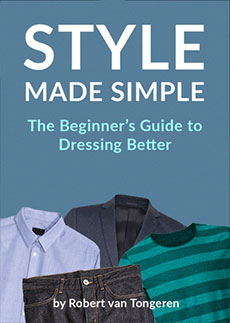
I wrote a men’s style guide that simplifies the art of dressing well, focuses on what matters, and takes you through it one step at a time. Enter your e-mail below and you’ll receive three free chapters, which will show you:
